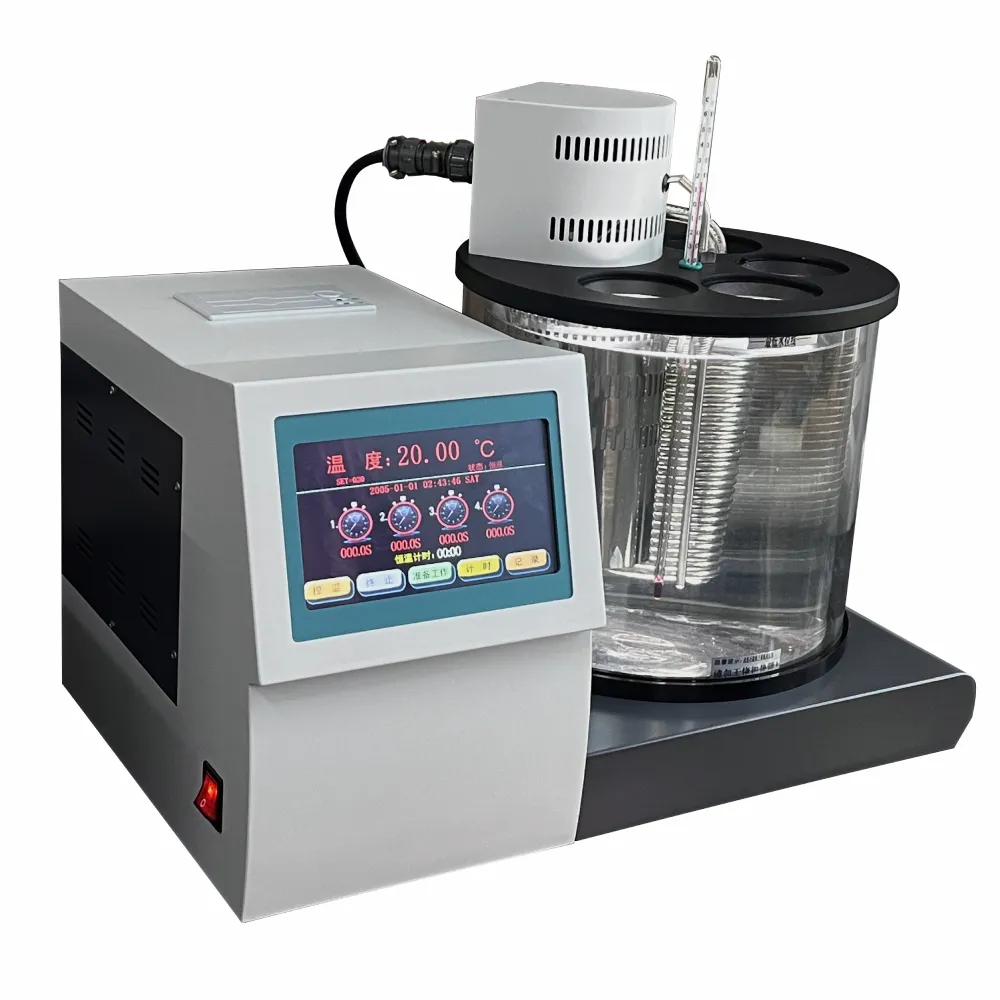 English
English



-
 Afrikaans
Afrikaans -
 Albanian
Albanian -
 Amharic
Amharic -
 Arabic
Arabic -
 Armenian
Armenian -
 Azerbaijani
Azerbaijani -
 Basque
Basque -
 Belarusian
Belarusian -
 Bengali
Bengali -
 Bosnian
Bosnian -
 Bulgarian
Bulgarian -
 Catalan
Catalan -
 Cebuano
Cebuano -
 China
China -
 China (Taiwan)
China (Taiwan) -
 Corsican
Corsican -
 Croatian
Croatian -
 Czech
Czech -
 Danish
Danish -
 Dutch
Dutch -
 English
English -
 Esperanto
Esperanto -
 Estonian
Estonian -
 Finnish
Finnish -
 French
French -
 Frisian
Frisian -
 Galician
Galician -
 Georgian
Georgian -
 German
German -
 Greek
Greek -
 Gujarati
Gujarati -
 Haitian Creole
Haitian Creole -
 hausa
hausa -
 hawaiian
hawaiian -
 Hebrew
Hebrew -
 Hindi
Hindi -
 Miao
Miao -
 Hungarian
Hungarian -
 Icelandic
Icelandic -
 igbo
igbo -
 Indonesian
Indonesian -
 irish
irish -
 Italian
Italian -
 Japanese
Japanese -
 Javanese
Javanese -
 Kannada
Kannada -
 kazakh
kazakh -
 Khmer
Khmer -
 Rwandese
Rwandese -
 Korean
Korean -
 Kurdish
Kurdish -
 Kyrgyz
Kyrgyz -
 Lao
Lao -
 Latin
Latin -
 Latvian
Latvian -
 Lithuanian
Lithuanian -
 Luxembourgish
Luxembourgish -
 Macedonian
Macedonian -
 Malgashi
Malgashi -
 Malay
Malay -
 Malayalam
Malayalam -
 Maltese
Maltese -
 Maori
Maori -
 Marathi
Marathi -
 Mongolian
Mongolian -
 Myanmar
Myanmar -
 Nepali
Nepali -
 Norwegian
Norwegian -
 Norwegian
Norwegian -
 Occitan
Occitan -
 Pashto
Pashto -
 Persian
Persian -
 Polish
Polish -
 Portuguese
Portuguese -
 Punjabi
Punjabi -
 Romanian
Romanian -
 Russian
Russian -
 Samoan
Samoan -
 Scottish Gaelic
Scottish Gaelic -
 Serbian
Serbian -
 Sesotho
Sesotho -
 Shona
Shona -
 Sindhi
Sindhi -
 Sinhala
Sinhala -
 Slovak
Slovak -
 Slovenian
Slovenian -
 Somali
Somali -
 Spanish
Spanish -
 Sundanese
Sundanese -
 Swahili
Swahili -
 Swedish
Swedish -
 Tagalog
Tagalog -
 Tajik
Tajik -
 Tamil
Tamil -
 Tatar
Tatar -
 Telugu
Telugu -
 Thai
Thai -
 Turkish
Turkish -
 Turkmen
Turkmen -
 Ukrainian
Ukrainian -
 Urdu
Urdu -
 Uighur
Uighur -
 Uzbek
Uzbek -
 Vietnamese
Vietnamese -
 Welsh
Welsh -
 Bantu
Bantu -
 Yiddish
Yiddish -
 Yoruba
Yoruba -
 Zulu
Zulu
dynamic viscosity test
Dynamic Viscosity Test Understanding Fluid Behavior
Dynamic viscosity is a fundamental property of fluids that quantifies their resistance to flow. This characteristic is crucial in various fields, including engineering, physics, and material science. Understanding dynamic viscosity helps in predicting how fluids behave under different conditions, making it essential for the design and optimization of processes in industries such as manufacturing, pharmaceuticals, and food production.
What is Dynamic Viscosity?
Dynamic viscosity, often represented by the symbol η (eta), measures a fluid's internal friction as it flows. It is defined as the ratio of shear stress to shear rate in a fluid. In simpler terms, it describes how difficult it is to make a fluid flow. A fluid with high viscosity, like honey, flows slowly, while a low-viscosity fluid, like water, flows easily. Viscosity can be influenced by temperature, pressure, and the fluid's composition.
Importance of Dynamic Viscosity Tests
Dynamic viscosity tests are critical in characterizing the flow behavior of fluids. They play a significant role in product formulation, processing, and quality control. Here are some key reasons why these tests are important
1. Process Optimization Industries that rely on fluid dynamics, such as oil and gas, food and beverage, and pharmaceuticals, need to optimize their processes for efficiency. Knowing the dynamic viscosity helps in determining the best conditions for mixing, pumping, and transferring fluids.
2. Quality Assurance Products must meet specific viscosity standards to ensure consistency and performance. For instance, a lubricant’s viscosity must remain within a certain range to function effectively in machinery. Dynamic viscosity tests provide a means to ensure that these quality standards are met.
3. Material Compatibility In many industries, different fluids may interact. Testing dynamic viscosity helps predict how these fluids will behave when mixed, allowing for safe and effective product formulations.
dynamic viscosity test

4. Safety Assessments Certain fluids, when exposed to varying temperatures and pressures, can exhibit changes in viscosity that may affect safety. Dynamic viscosity tests can help identify potential hazards, especially in chemical processing.
Methods for Measuring Dynamic Viscosity
There are several techniques to measure dynamic viscosity, each suited for different types of fluids and applications
1. Capillary Viscometers This classical method involves measuring the time it takes for a fluid to flow through a narrow tube. The viscosity can be calculated based on the fluid's density and the tube dimensions.
2. Rotational Viscometers These devices use a rotating spindle in the fluid to measure the torque required to maintain a specific speed. This method is particularly useful for non-Newtonian fluids, which exhibit varying viscosity under different shear rates.
3. Oscillatory Rheometers These instruments apply oscillatory stress to the fluid and measure the resulting strain to determine its viscoelastic properties. This method is advantageous for complex fluid behaviors often found in polymers and biological fluids.
4. Falling Ball Viscometers In this method, a ball is allowed to fall through the fluid, and the viscosity is determined based on the terminal velocity of the ball. This approach is often used for more viscous liquids.
Conclusion
The dynamic viscosity test is a vital tool in understanding fluid mechanics and improving various industrial processes. By accurately measuring the flow characteristics of different fluids, industries can enhance product quality, optimize production systems, and ensure safety. Whether through traditional methods like capillary viscometry or modern techniques like oscillatory rheometry, these tests provide essential data that support research and development across numerous applications. As technology advances and industries evolve, the significance of dynamic viscosity testing will undoubtedly continue to grow, reinforcing its importance in science and engineering.
-
Exploring the Main Types of Industrial Endoscopes and Their Applications Across IndustriesNewsJul.04,2025
-
Testing Equipment Industry Sees Major Advancements in 2025: Smart & Precision Technologies Lead the WayNewsJun.06,2025
-
Applications of Direct Current Generators in Renewable Energy SystemsNewsJun.05,2025
-
Hipot Tester Calibration and Accuracy GuidelinesNewsJun.05,2025
-
Digital Circuit Breaker Analyzer Features and BenefitsNewsJun.05,2025
-
Benefits of Real-Time Power Quality Monitoring Devices for Industrial EfficiencyNewsJun.05,2025



